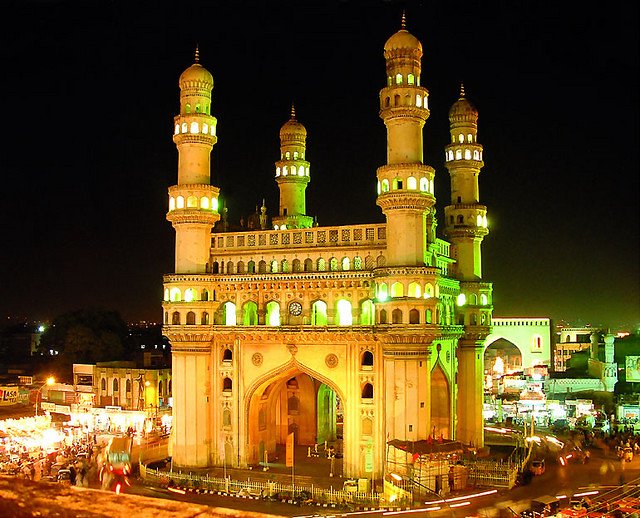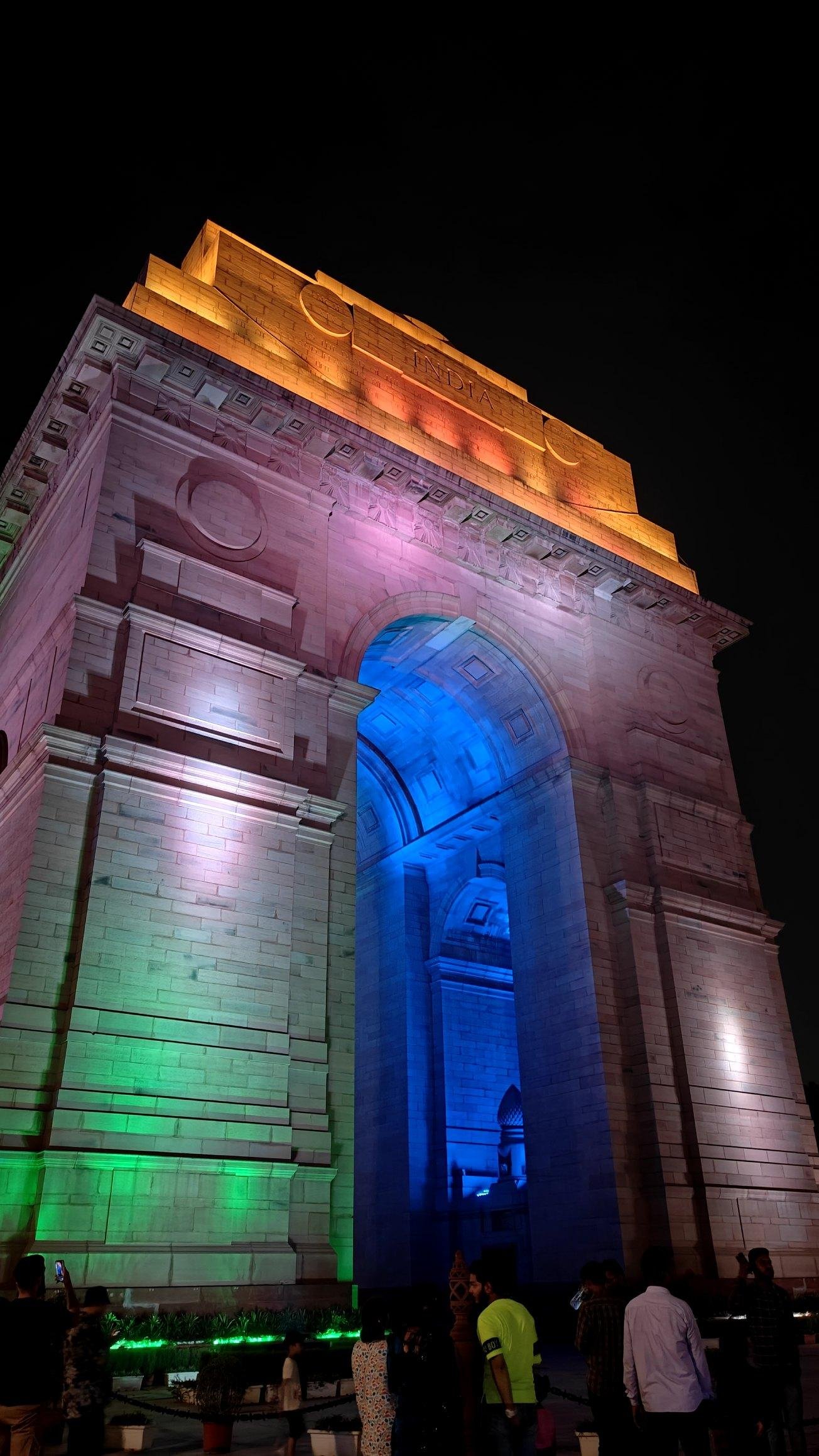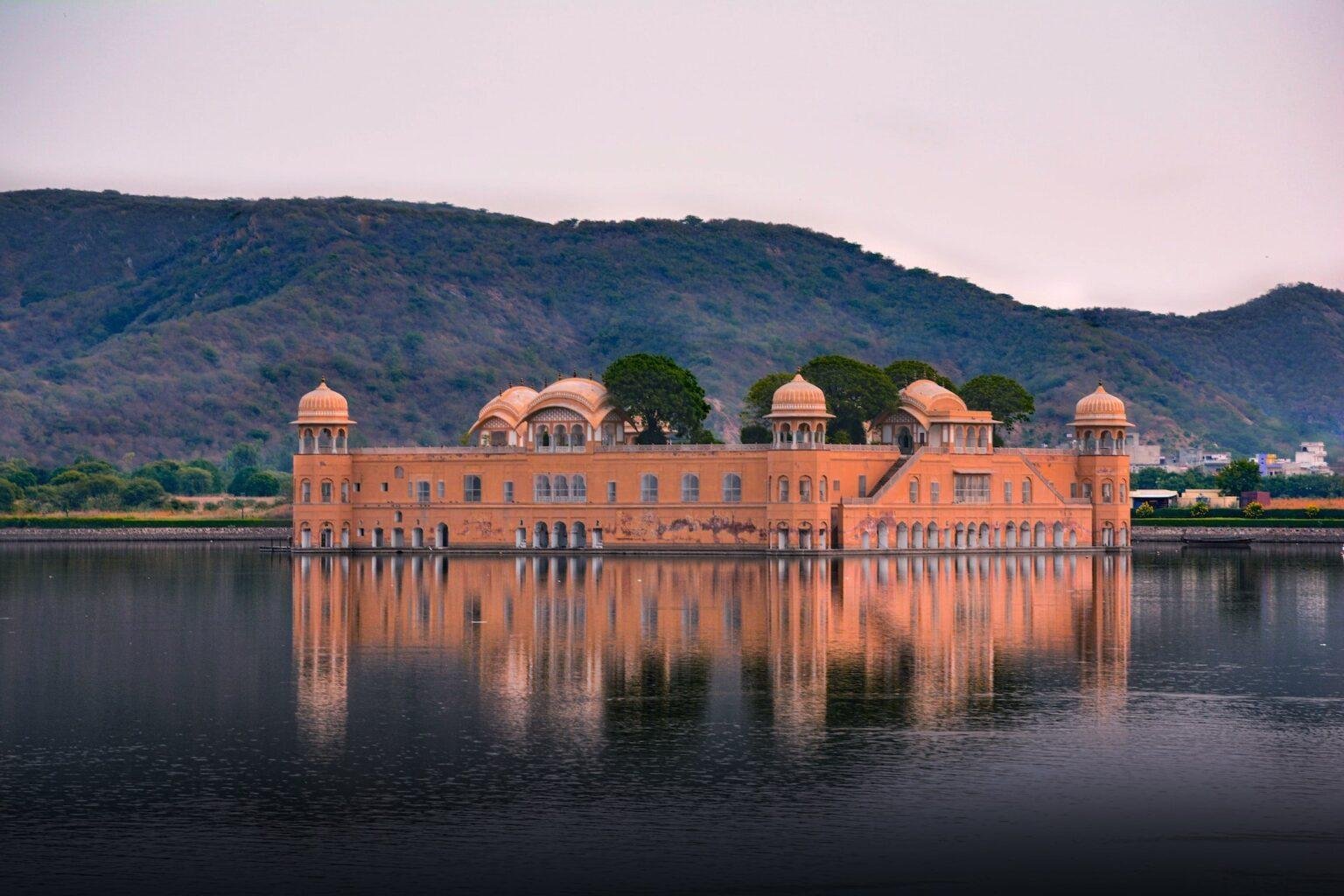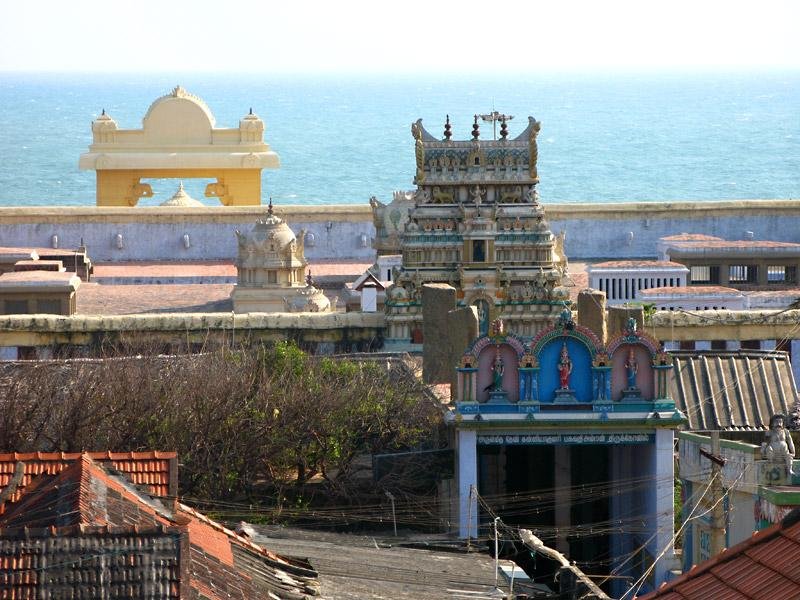Itimad-ud-Daulah, also known as the “Baby Taj” or the “Jewel Box,” is a mausoleum located in Agra, India. Built on the eastern bank of the Yamuna River, Itimad-ud-Daulah holds significant historical and architectural importance. Here’s an overview of Itimad-ud-Daulah’s history and features:
Construction and Architecture:
Itimad-ud-Daulah was commissioned by Nur Jahan, the wife of Emperor Jahangir, in memory of her father, Mirza Ghiyas Beg. Construction of the mausoleum began in 1622 and was completed in 1628. The monument showcases a unique architectural style that blends elements of Persian, Islamic, and Indian designs.
The mausoleum is built primarily using white marble, adorned with intricate inlay work of semi-precious stones, delicate carvings, and geometric patterns. It features a central tomb surrounded by four identical corner minarets, giving it an elegant and symmetrical appearance.
Historical Significance:
Itimad-ud-Daulah holds historical importance as it marks a transition in Mughal architecture, serving as a precursor to the grandeur of the later Mughal structures like the Taj Mahal. It is regarded as one of the earliest examples of Mughal garden tombs in India.
Mirza Ghiyas Beg, the mausoleum’s namesake, held significant positions in the Mughal court and was bestowed the title “Itimad-ud-Daulah,” meaning “Pillar of the State.” His daughter Nur Jahan, who played a prominent role during the reign of Jahangir, commissioned the mausoleum as a tribute to her father’s memory.
Architectural Features:
Itimad-ud-Daulah exhibits intricate craftsmanship and design details. The delicate marble screens, carved jali work, and inlaid motifs add a sense of elegance to the structure. The intricate pietra dura (stone inlay) work, featuring floral patterns, vines, and calligraphy, is particularly noteworthy and reflects the skilled craftsmanship of the Mughal era.
The mausoleum is surrounded by beautiful Persian-style gardens, known as charbagh, divided into four quadrants by water channels. The gardens are adorned with fountains, fruit trees, and colorful flowers, creating a serene and picturesque ambiance.
Tourist Attraction:
Today, Itimad-ud-Daulah is a popular tourist attraction in Agra, attracting visitors with its architectural beauty and historical significance. While it may not be as widely renowned as the Taj Mahal, Itimad-ud-Daulah’s intricate craftsmanship and serene setting make it a captivating destination for history enthusiasts, architecture lovers, and those seeking a glimpse into the Mughal era.
The mausoleum’s smaller scale and intricate details provide a unique and intimate experience, making it a charming complement to the grandeur of other Mughal structures in Agra. Itimad-ud-Daulah stands as a testament to the artistic and architectural legacy of the Mughal Empire, showcasing the fusion of Persian, Islamic, and Indian influences.

























